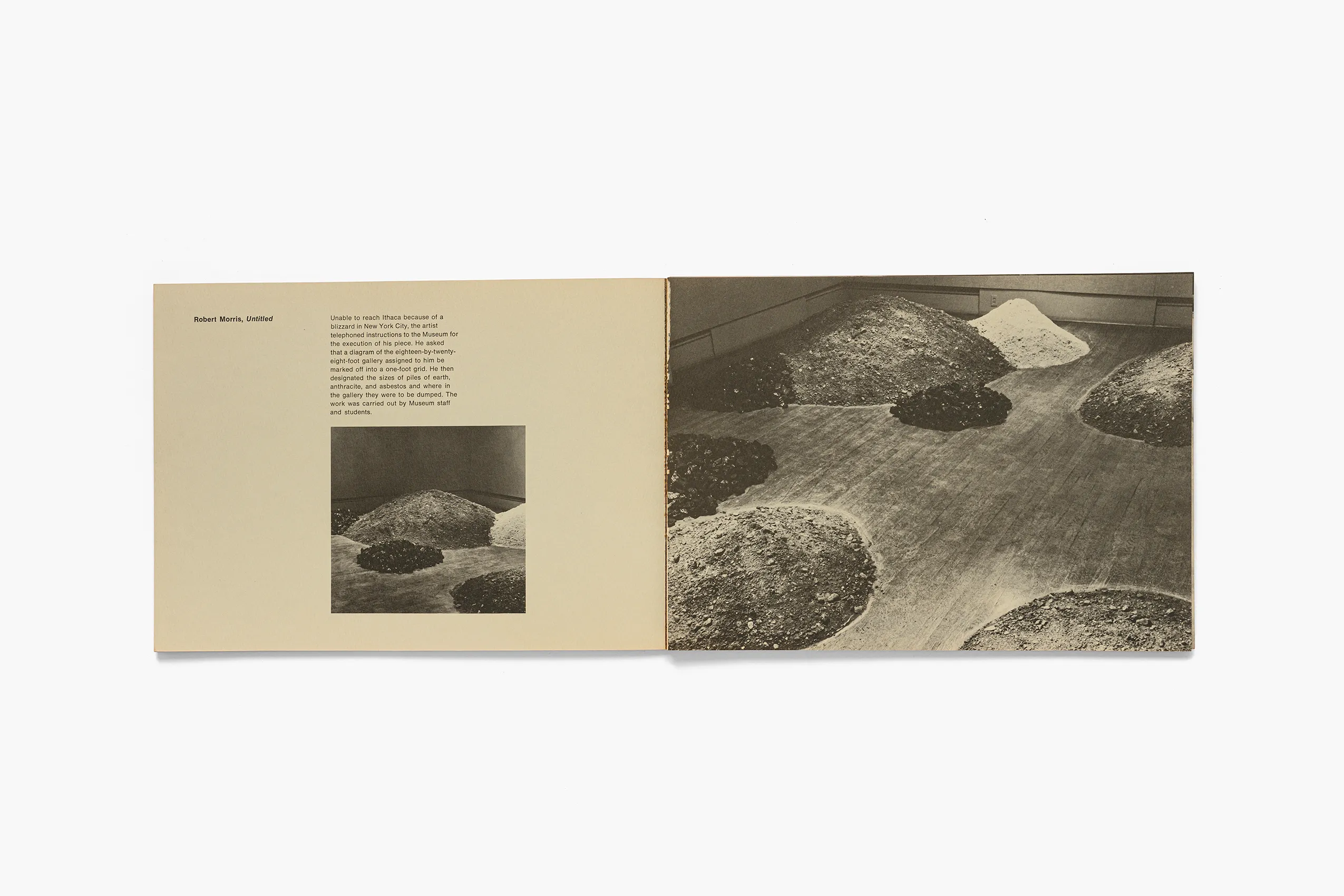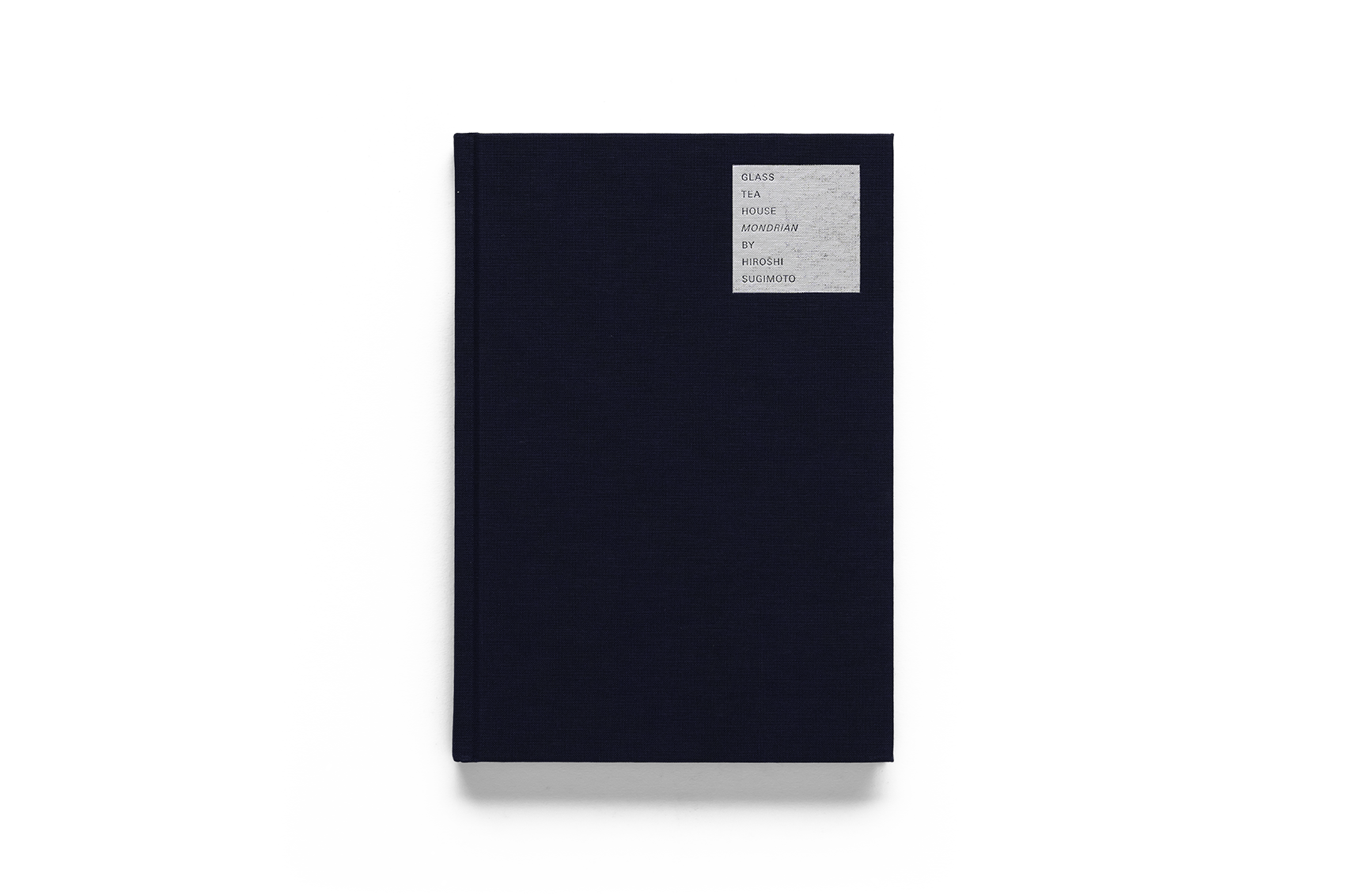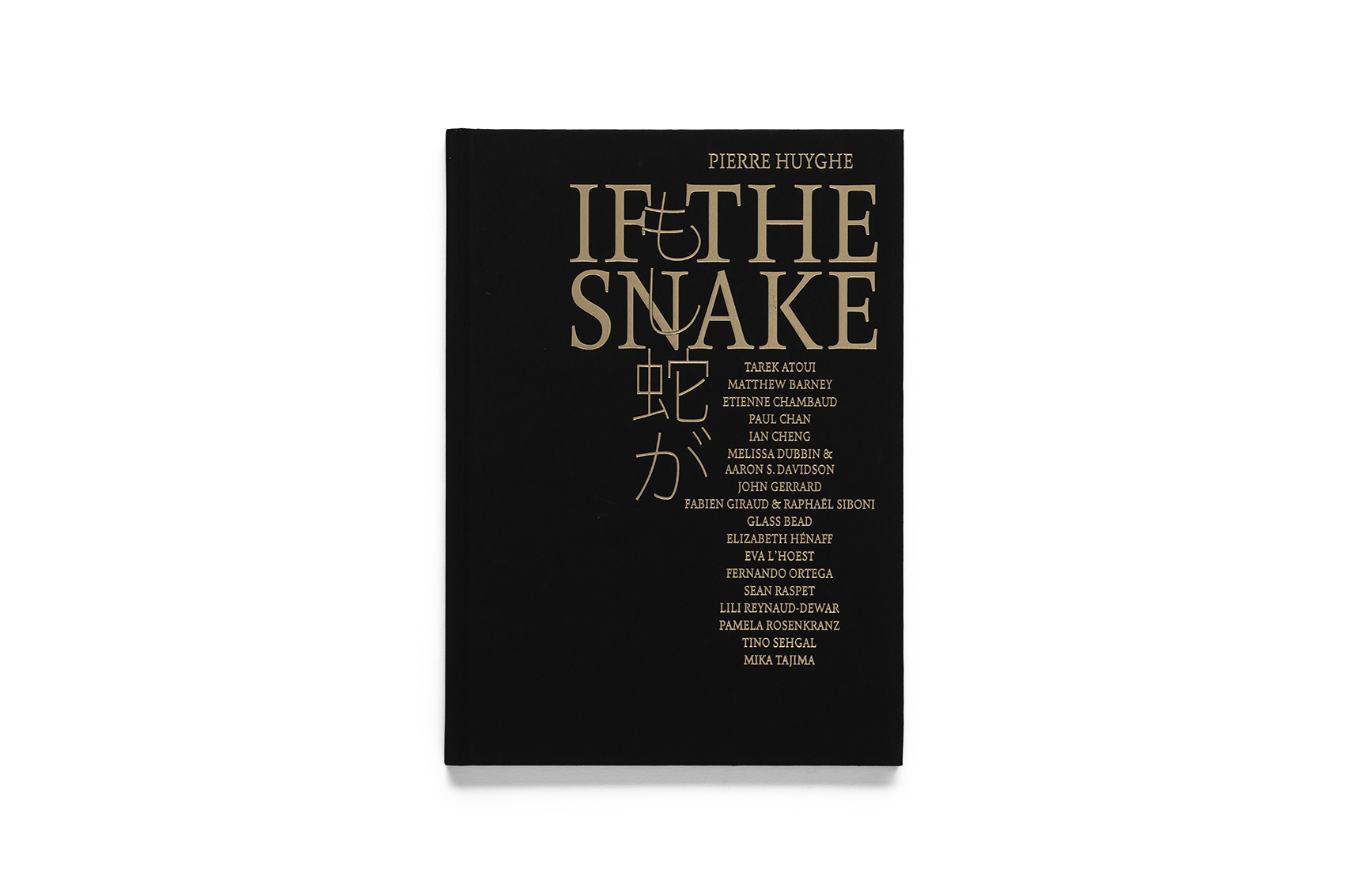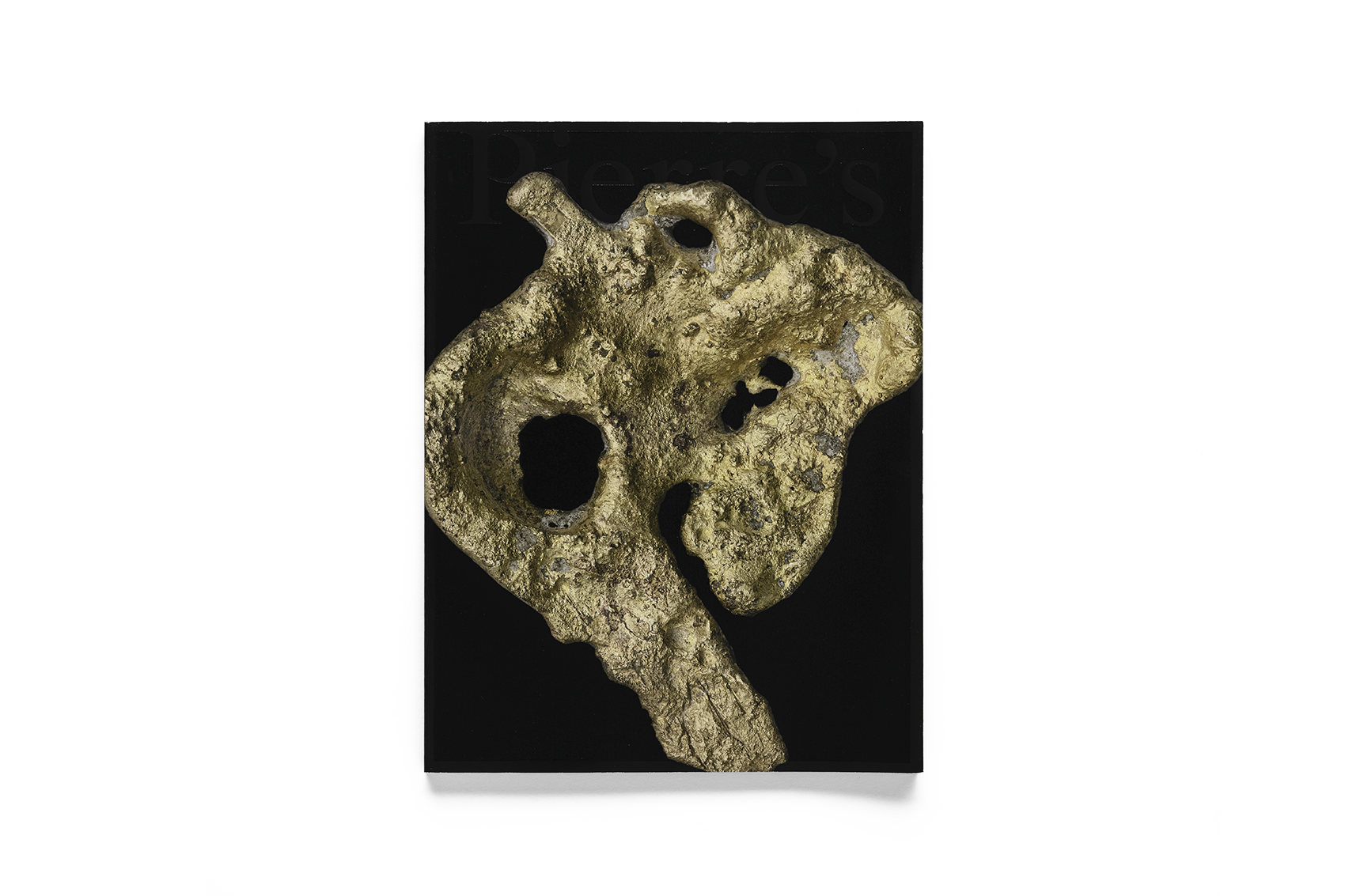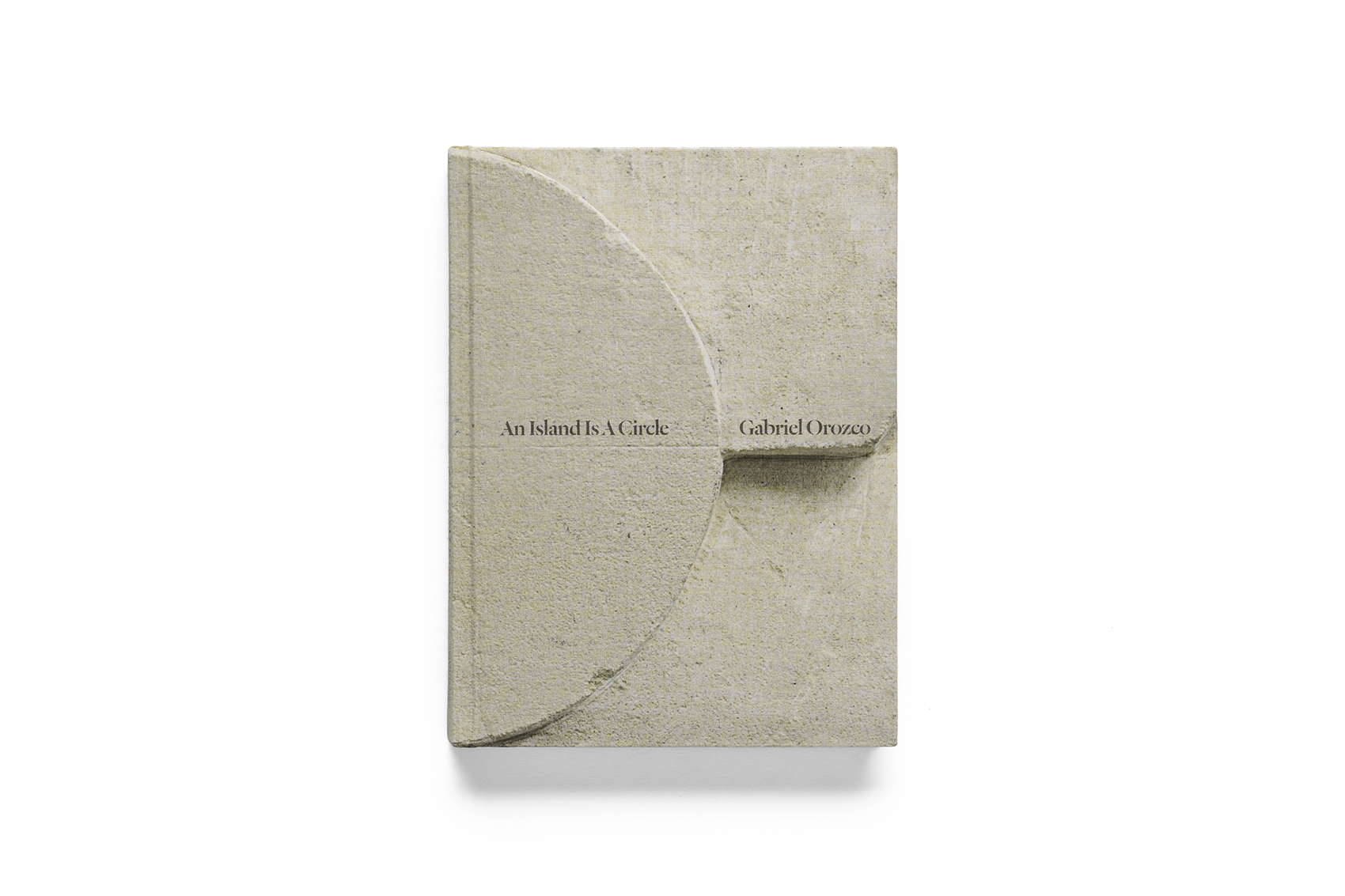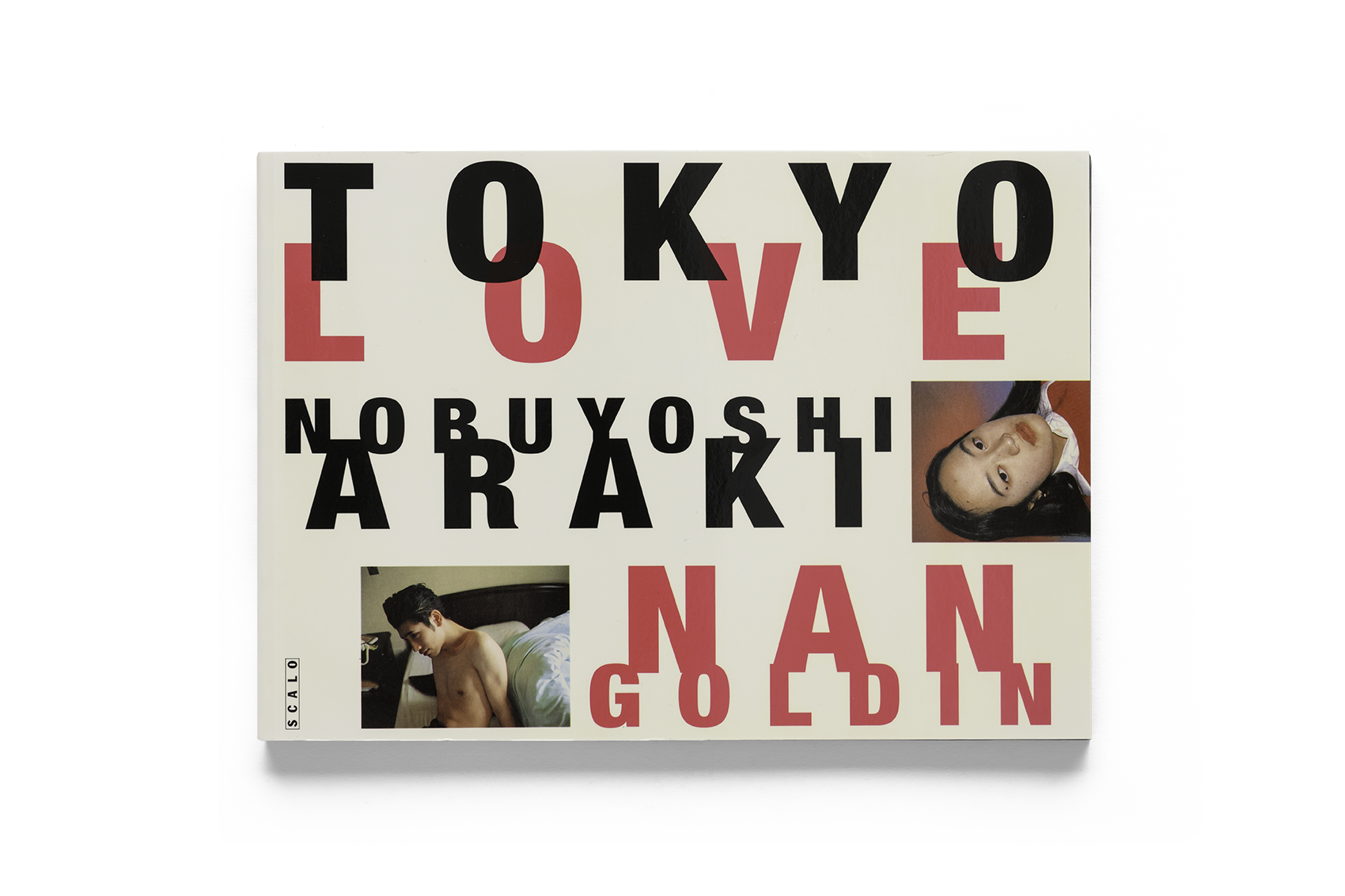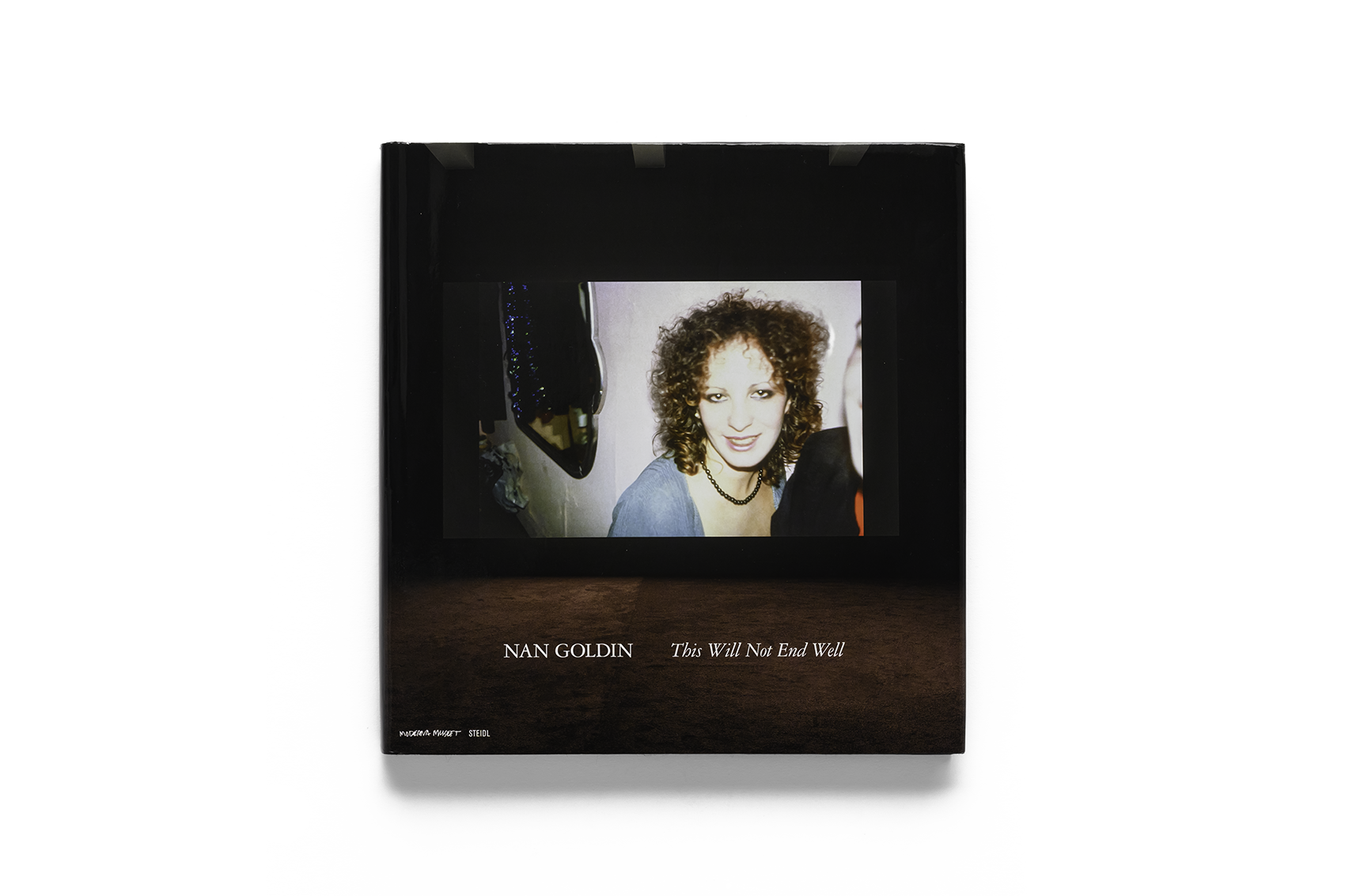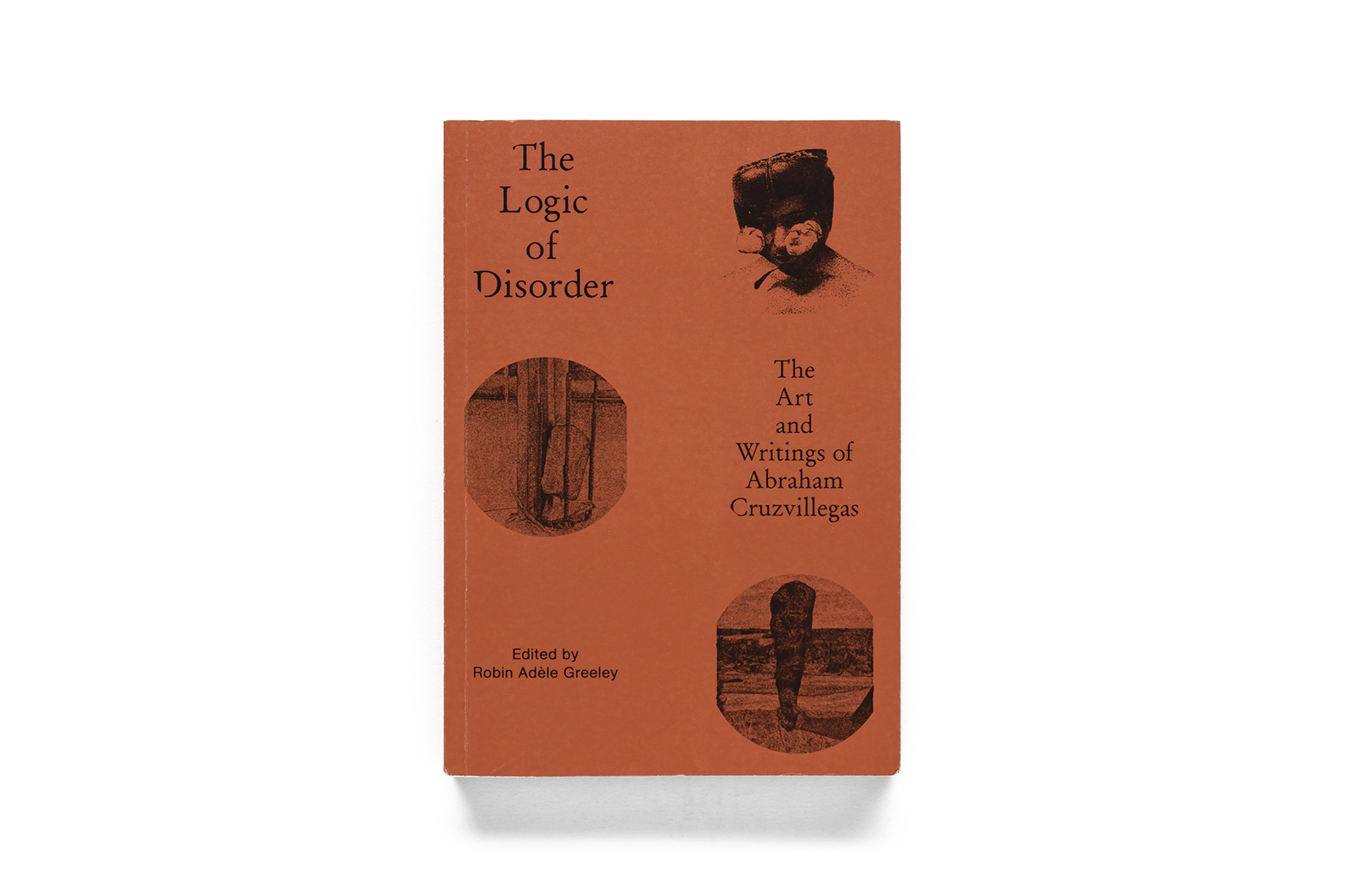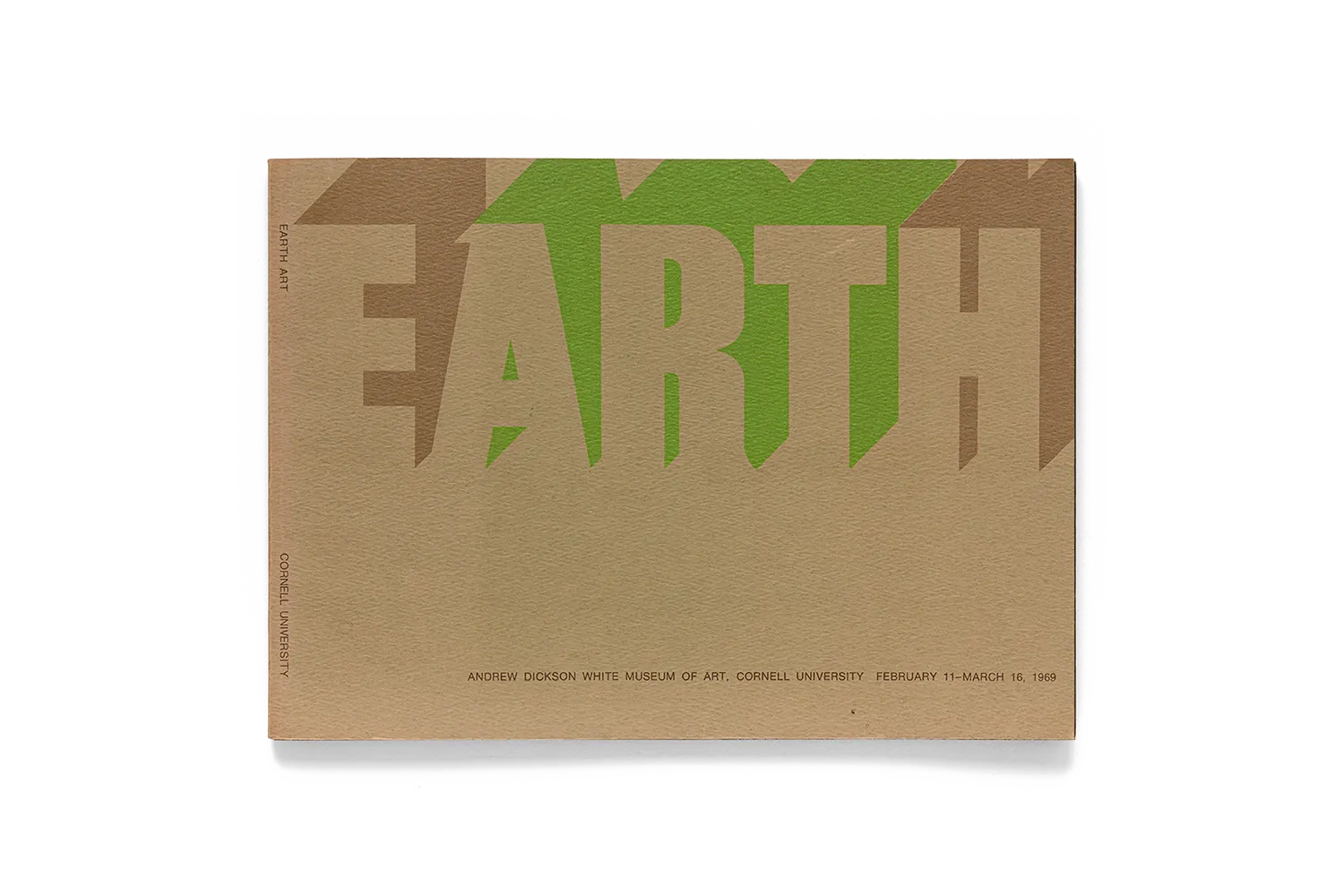
Andrew Dickson White Museum of Art/ Cornell University, 1970
Earth Art
Earth Art

Andrew Dickson White Museum of Art/ Cornell University, 1970
Earth Art published in 1970, it documents an exhibition of contemporary art curated in 1969 by American artist and independent curator Willoughby Sharp, 1936-2008, at Cornell University's Andrew Dickson White Museum of Art. The exhibition features nine artists from around the world, including Dutch conceptual artists Jan Dibbets, 1941-, Robert Morris, 1931-2018, and Robert Smithson, 1938-1973, from around the world to create “earth” materials or spaces Works by avant-garde artists as mediums. These very young creators observed and exploited the geological conditions and climate of Cornell University — Ithaca — to break through the physical framework of museums and galleries, freely transforming various natural elements into impressive perceptual experiences.
Interestingly, many exhibitors have launched their own creative creations outdoors in addition to the formal works requested by the exhibition. For example: one of the exhibitors, German artist Hans Haacke (1936-), in addition to a special mound of earth sprinkled with rye seeds in the exhibition hall, showed the audience the rapid life cycle of annual plants as well as hanging from the waterfalls flowing through the Cornell campus. A rope, combined with the harsh winter climate, creates an array of icicles floating in the air. These seemingly casual, yet consistently resonant with the local environment, reveal the excitement and direction brought to the contemporary art field by creators committed to “earth art”. Their choice of materials, including soil, fine sand, and plants, is a metaphor for their personal interest in geometrics, childhood, or ancient landscapes, especially in creating directly in the natural environment. American conceptual artist Dennis Oppenheim (1938-2011) used a chainsaw to cut through 70 meters of ice on Beebe Lake on campus and pushed loose ice layers down a waterfall, dramatically showing the dynamic changes in the natural realm. Because of their open spaces and time-sensitive creative approach, many Cornell University students, such as Gordon Matta-Clark, who later became an important artist (1943-1978), also contributed to the production of works that reflect the encounter and transformation of 1960s art with life. The meeting point of the times of animism.
The exhibition catalogue includes photographs of each artist's work, introductory texts and comments from curators and art critics, as well as a record of conversations held at the time. It is a valuable record of the refocusing of geographic art in the 1960s-70s, reflecting on the natural environment and human relations.
